
The world of vegetables is very wide. There are different types of vegetables that we can grow, each with its own conditions and care. Among the simplest plants to grow that we can have in our garden are leafy vegetables. But what exactly are they? What care do they require?
In this article we will answer these questions and we will talk about some of the most common leafy vegetables. I'm sure you know them all! So if you want to introduce these vegetables in your garden, I recommend that you keep reading.
What are leafy vegetables?

Before we talk about some examples of leafy vegetables, let's first explain what exactly these vegetables are. These are all those vegetables whose parts suitable for consumption are the leaves, Of course, whether petiole or blades. Within this group, some of the best known and most consumed can be highlighted: chard, lettuce, spinach, cabbage, endive, etc. Generally, these vegetables tend to be from a temperate climate, on the cold side.
As you can imagine, These types of vegetables have great nutritional value. thanks to the fact that they are very rich in vitamins A and C, complex B, E and C and also in minerals such as iron or calcium. In addition, they provide very few calories, making them a very healthy food and ideal for diets.
Leafy vegetables: Conditions for growing them
When it comes to growing this type of vegetables, there are certain conditions that we must take into account so that the leafy vegetables come out well. First of all, there is the issue of water, which is undoubtedly the most important factor. They are usually watered every day and the water used for this must be clean and abundant.
The soil is also fundamental for the correct development of this type of plants. The most recommended thing is that it be soft and contain large amount of organic matter. In general, it is advisable to add between three and five kilos of manure for each square meter of cultivated land. A good drainage of the soil should not be missing either, to avoid puddles when watering.
In addition, it is important to take into account the planting time. In the case of leafy vegetables, these can be grown throughout the year, as long as we have the appropriate facilities. They are usually easier to grow in the open field from autumn to spring. During this time these best quality vegetables are usually obtained. Instead, in summer it is necessary to cover them with partial shade using black mesh or coconut leaves. It should be noted that some varieties are more appropriate for this time of year.
Leafy vegetables: Crop care

If we are thinking of growing leafy vegetables, we must know what care they require. For a start, It is very important to water them every day. But be careful, it is not good for them to get waterlogged. It is best to do the irrigation first thing in the morning or late in the afternoon. During the hottest hours we must avoid it due to the evaporation of the water.
We must also eliminate weeds so that our crop can grow comfortably. Furthermore, it is vitally important uproot all plants that are diseased to control diseases and pests. Of course, some vegetables may be more prone to certain pathologies than others. However, in the case of leafy vegetables, the most common diseases are those caused by fungi. As for pests, the most common are the following:
Leafy vegetables: Harvest
Leafy vegetables can usually be harvested two to three months after sowing. It is best to do this task early in the morning, when it is still colder and more humid. Keep in mind that each type of vegetable has a way of harvesting, we are going to give some examples:
- Lettuce: The root is pulled out and then washed. Dry leaves should also be removed.
- Cauliflower and cabbage: The base of the head is cut and the outermost leaves are removed.
- Chard: The lower leaves that are already developed are pulled out.
- Oregano and parsley: The leaves are cut at a height of three to five centimeters from the ground. In this way, the plant will be able to resprout and we will be able to continue harvesting later.
Once we have harvested the leafy vegetables, there are a number of aspects that we must take into account. In the case of those that have loose leaves, such as chard, parsley and oregano, among others, the best thing we can do is form bundles. We must also keep in mind that we should not expose the harvested vegetables to the sun and spray them to keep them moist, This way they will be better preserved. In addition, to prevent damage, it is best not to pile up a large volume of plants.
Next we will talk a little about the most common leafy vegetables in supermarkets and in our kitchens. If you are not sure which varieties to grow, you can always ask the nursery or the specialized store where you are going to buy them for advice.
Chard
In the first place we have chard. It is a biennial vegetable that does not develop edible fruits or roots. It has large, oval leaves that have very marked ribs that emerge from approximately the middle of the stem. This vegetable is usually harvested when it reaches a weight of between 750 grams and one kilo. As for its color, it is usually yellow, light green or dark green.
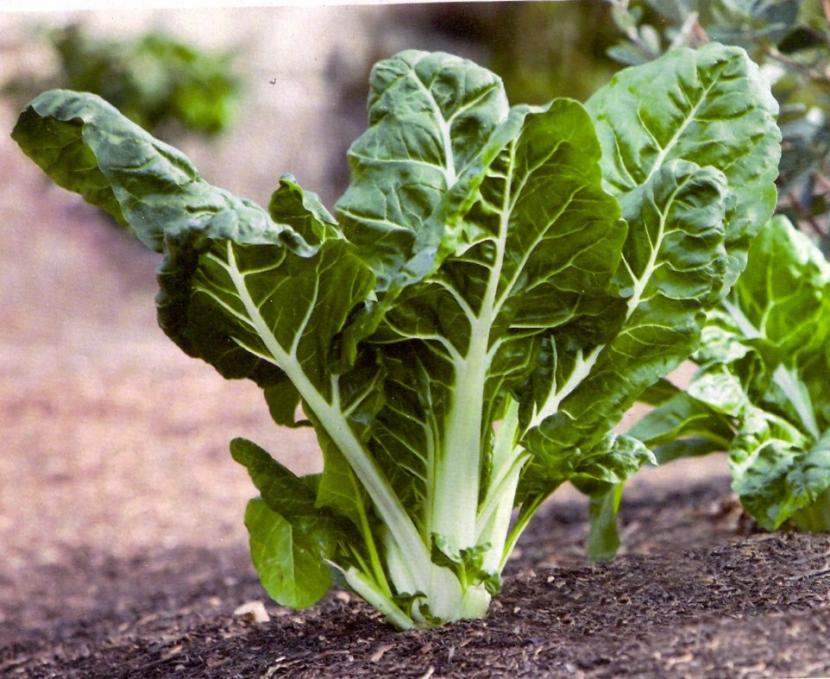
Swiss chard is, without a doubt, one of the healthiest vegetables we can eat, so it's no wonder they're so popular. They have a wide variety of nutritional and medicinal properties. If you want to know more about this topic, you can give here.
Basil
We continue with basil, an aromatic plant grown for its leaves. These have a unique fragrance and are widely used in the kitchen. Generally, it goes very well with tomato sauce, pizza, tomato with mozzarella, salads, etc. It is a delicacy that cannot be missing in our garden! What's more, With proper care we can enjoy it throughout the year.
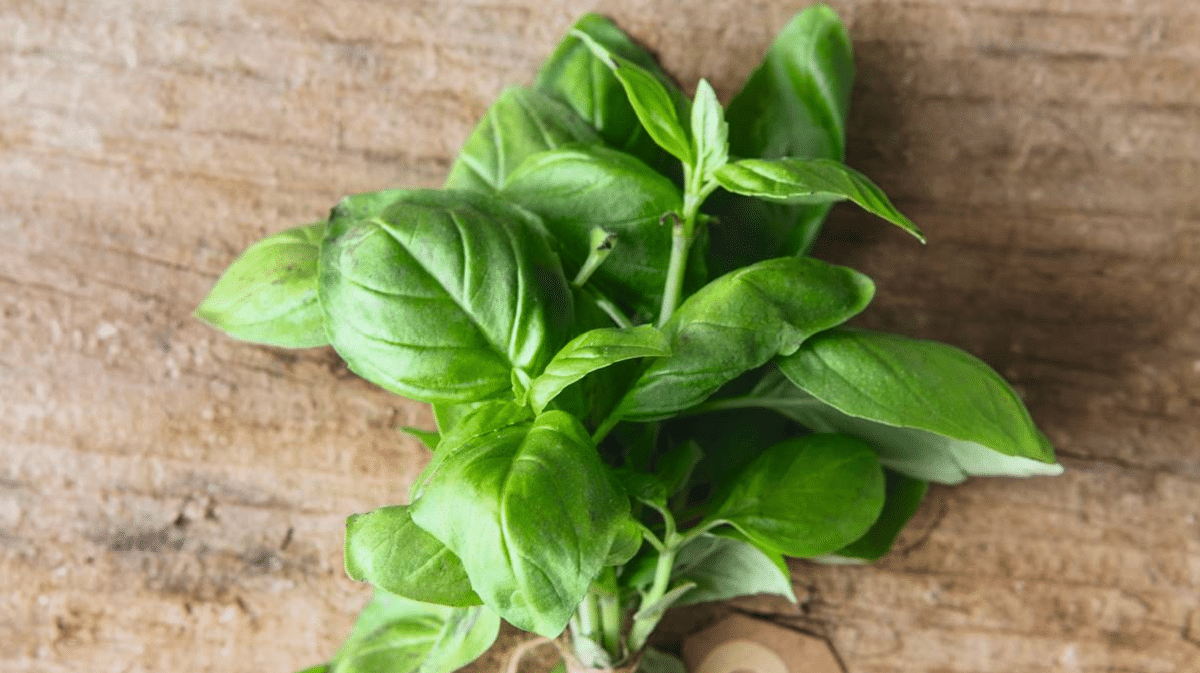
The leaves of this vegetable are green and have a somewhat silky texture. They can have a width of between two and six centimeters and between four and ten centimeters in length. Just by touching it, its characteristic smell will remain on our fingers.
Spinach
We continue with another of the most popular leafy vegetables: Spinach. Popeye is not the only one who loves this vegetable, we can find it in many homes and it is not surprising, because Apart from being very tasty, it is very healthy in appropriate amounts. It contains a high level of vitamins and minerals beneficial to our health.
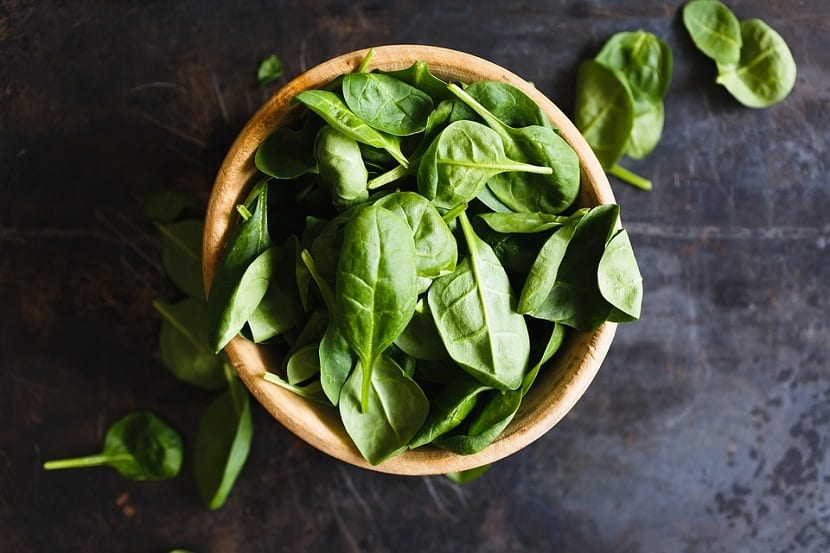
Spinach is an annual plant that grown for its large edible leaves dark green. Its root is little branched and develops superficially in a radicular way. As for the stem, it is erect and usually has a length of between thirty centimeters and one meter. Also, there are flowers on it. If we want to have this vegetable in our garden, we must first know how to grow spinach.
Lettuce
This list cannot miss lettuce, one of the quintessential leafy vegetables. Also in this case it is an annual plant, which means that it can be grown throughout the year. Although it seems that the leaves arise directly from the root, each of them has a small piece of stem little noticeable. These usually have a cylindrical shape and are very branched from the base of the plant. In general, the leaves are different shades of green, depending on the variety of lettuce, but there are also purple ones.
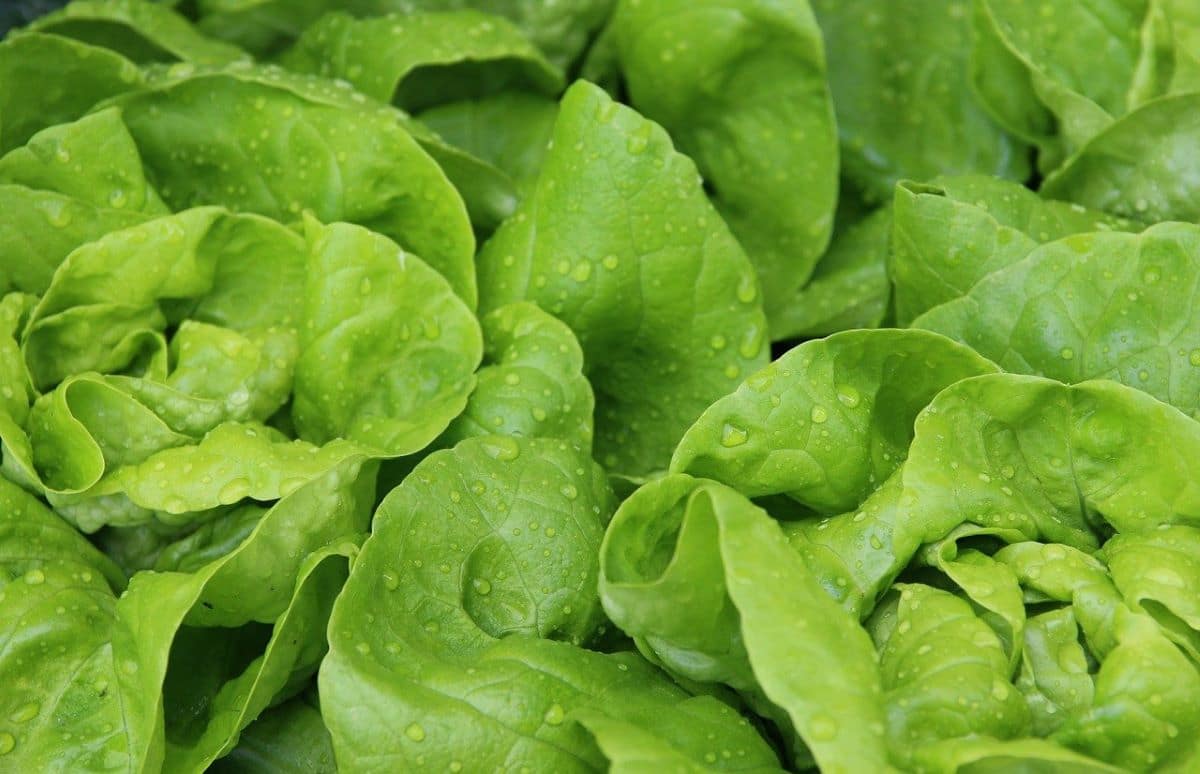
There are different types of lettuce, each with its properties. Some of the most famous are the following:
Having lettuce in our garden never hurts, since healthy diets include salads above all. Besides, They are simple vegetables to grow. but first we must learn how to plant lettuce y how are they collected.
Parsley
Another of the best-known leafy vegetables is parsley. Under the right conditions, we can grow this vegetable throughout the year. It is easy to care for and with good maintenance it will end up resprouting and we can use it to enrich our dishes. In addition, it is not only used for cooking, but also for making infusions.
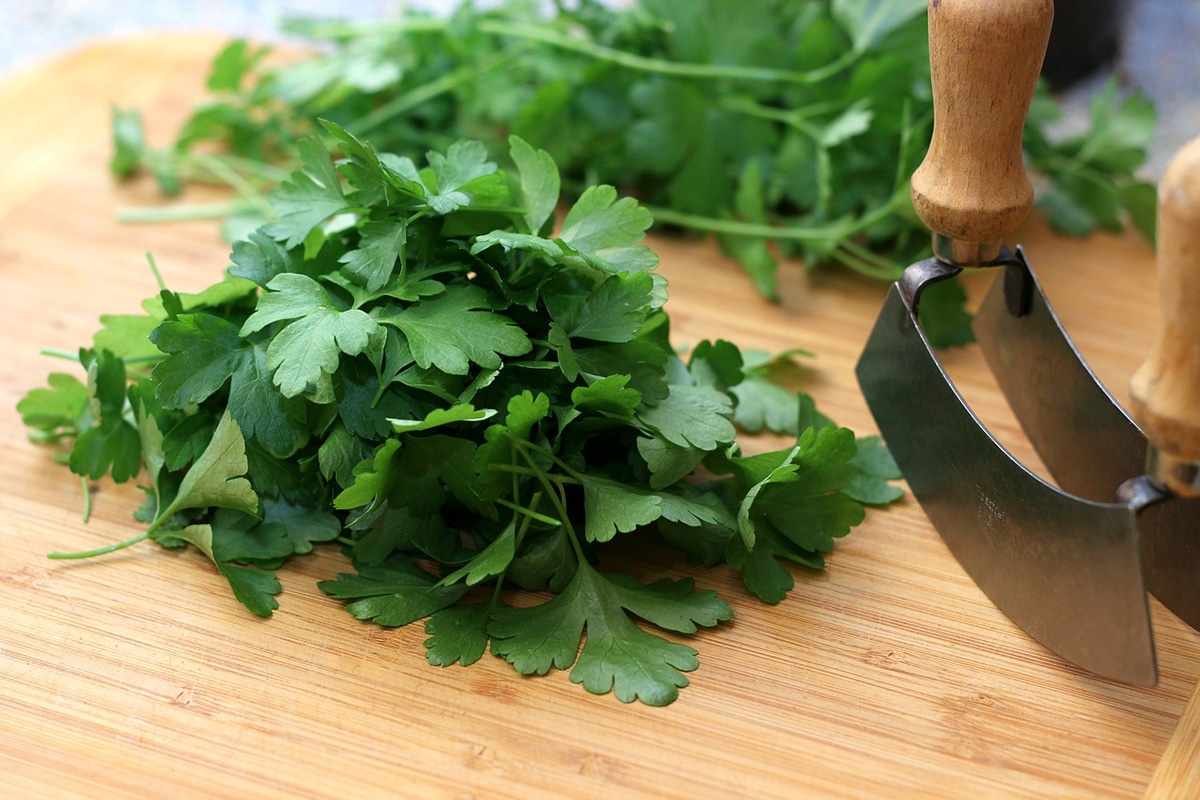
It should be noted that this plant is very rich at a nutritional level, as it contains vitamins, minerals, folic acid and potassium. Apart of this, It also has some medicinal properties. like the following:
- antirust
- Diuretic
- Prevention of anemia
Well, it seems that we now have a better idea of what leafy vegetables are and how to grow them. You have probably already had experience with some of them, either in your garden or in a pot. Who has not taken to cultivating aromatic plants such as basil or parsley at some point?




